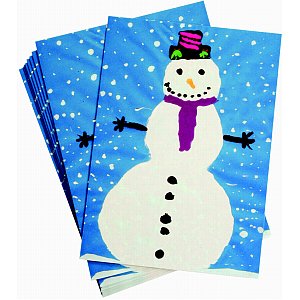History of Christmas Cards
December 11, 2009Christmas is fast approaching! We only have 14 days left to celebrate the birthday of our Jesus Christ. And most of us are already thinking and finding the right christmas gifts for our loved ones. And to tell you Christmas Card is one of the best gift you can give this season, want to know why? Because it all-in-one, you can express what you feel towards that person (and of course it can help you if you're too shy to exrpess what u feel), you can let them feel through you're writings how important they are to you, and the best part is, it's cheap.



0 comments